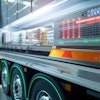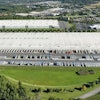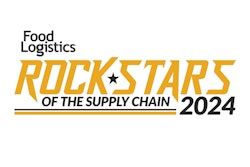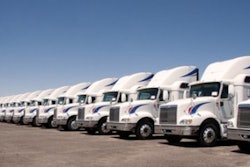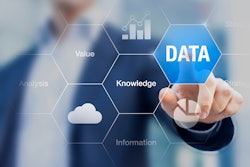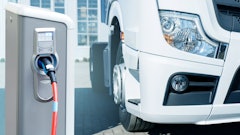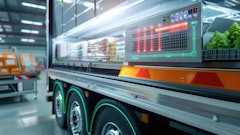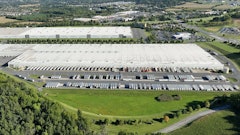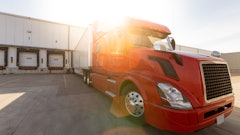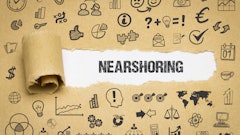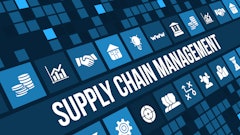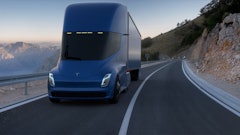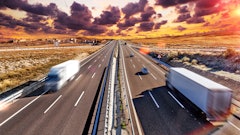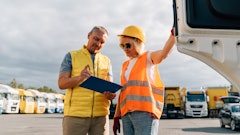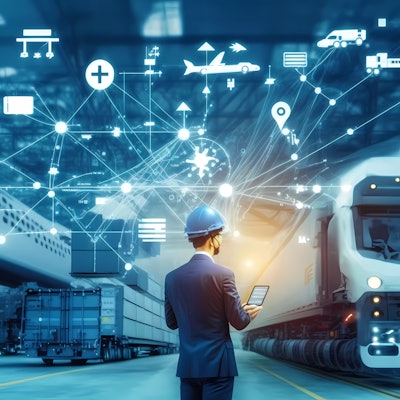
In the world of logistics and supply chain management, the role of third-party logistics (3PL) providers is a necessity. As we look ahead to 2024, the 3PL industry is poised for significant transformation, with a convergence of advanced technologies and innovative approaches shaping its future. This year has been a whirlwind of supply chain invention set to shape the way companies move forward, and how.
AI-powered efficiency
AI is shaking up every part of the logistics process. The use of AI algorithms for demand forecasting, route optimization and real-time tracking is enhancing supply chain visibility and efficiency. 3PLs are harnessing AI to make data-driven decisions, reduce operating costs and improve service quality. Machine learning algorithms can predict demand patterns, allowing companies to stock inventory strategically and ensure products are readily available when needed.
Talk of the use of tools like ChatGPT in the space is ongoing.
According to Priyesh Ranjan, CEO of Vorto, "The dynamic and interconnected supply chain forces constant communication between shippers, carriers and suppliers for ordering products, scheduling appointment times, communicating with the carrier about delivery, solving for unpredictable but inevitable problems that arise in transit and communicating with the shipper and the receiver about delivery," says Ranjan.
And it's with this assumption that ChatGPT and similar AI tech could be a growing tool for dealing with dynamic communication and problem solving in a quick capacity.
Warehouse automation and more
 Warehouse automation increasing efficiency.TAW4/stock.adobe.com
Warehouse automation increasing efficiency.TAW4/stock.adobe.com
Kevin Schultz, president and co-founder of The 357 Company, explains that at the warehousing level, these types of technology are extremely important and increasingly play a more involved roll.
"High labor costs, coupled with a scarcity of willing workers, are driving companies to adopt this technology even sooner than they initially planned," says Schultz.
The use of automation not only reduces labor costs but also minimizes. Today, Ryan Polakoff, president of Nexterus, says 3PLs can leverage these technologies including automated sorting systems, autonomous vehicles and robotic material handling to streamline processes, reduce human error and improve order fulfillment times, and this equipment is often more accurate and lends itself towards a reduction in errors, lower product damage and improved customer satisfaction.
Practical sustainability
The environment will remain a priority in 2024. Electric and hydrogen-powered vehicles, as well as eco-friendly last-mile delivery solutions, are up to bat in an effort to improve the carbon footprint of logistics operations. 3PLs are integrating these practices to meet the demands of eco-conscious consumers and adhere to stricter environmental regulations.
As Polakoff describes, 3PLs are reviewing their carrier network to see if any carriers are moving to EV trucks or to trucks that use alternative fuels. In an example, at Nexterus, they look at carriers and run them through a list of qualifying questions that includes analytics and KPIs, their on-time delivery ratio and carbon footprint. "So even if the carrier was going to move to more environmentally friendly transportation, the carrier would have to meet our stringent requirements for excellent customer service and value. However, if the shipper requires us to secure a carrier that is using more environmentally friendly transportation, then we can do that," says Polakoff.
There are pitfalls to electrification that should be considered. Charging is still a limited infrastructure and vehicle ranges vary — both major hurdles in transportation. Last-mile may be the best space for EVs to make their mark. However, Polakoff says specialized fleets, such as those for refrigerated transport or heavy cargo, are often not electrified because the technology just hasn’t advanced enough.
Electric vehicles are just one facet, however. Schultz says another strategy for the time being is moving inventory as close as possible to its final destination to decrease the cost and time for the final mile. Nearshoring and reshoring will continue to grow in priority through the next year, offering sustainable practice and efficiency when disruptions arise.
Growth in Emerging Technologies
Blockchain and Internet of Things (IoT) are expected to continue the transformation of transparency and traceability in 3PL. Sensors and RFID tags provide real-time information on the exact location and condition of the goods in transit. These devices can be paired with TMS systems to keep ETAs updated while tracking for any issues or delays.
"Some IoT devices monitor temperature and humidity which can help ensure conditions are correct for shipping goods that would be affected by deviations of these condition, such as food or pharmaceuticals," says Polakoff. "IoT devices can provide proof of delivery and condition upon receipt, reducing disputes and improving accountability. IoT devices can improve security of the goods in transit by alerting us to unauthorized access to the vehicle."
In the warehouse, these advancements in technology are initially being adopted and will then slowly branch into the transportation side of the business, says Schultz, describing that transparency and one source of truth for paperwork and historical documentation would be incredibly helpful for highly regulated goods in the food sector.
 Tech and new ideas taking shape in global logistics.panaphat/stock.adobe.com
Tech and new ideas taking shape in global logistics.panaphat/stock.adobe.com
If 2023 was the cusp of a transformation for 3PLs, 2024 will be the era of implementation. The integration of AI and warehouse automation will enhance efficiency and accuracy, while emerging trends in transportation will solidify sustainable practice and the necessity of data and analytics. As customer expectations continue to evolve, 3PLs will need to get a firm grip on what technologies and strategies they want to maintain for the future, creating an efficient, sustainable and technology-savvy logistics ecosystem that benefits businesses and consumers alike.


